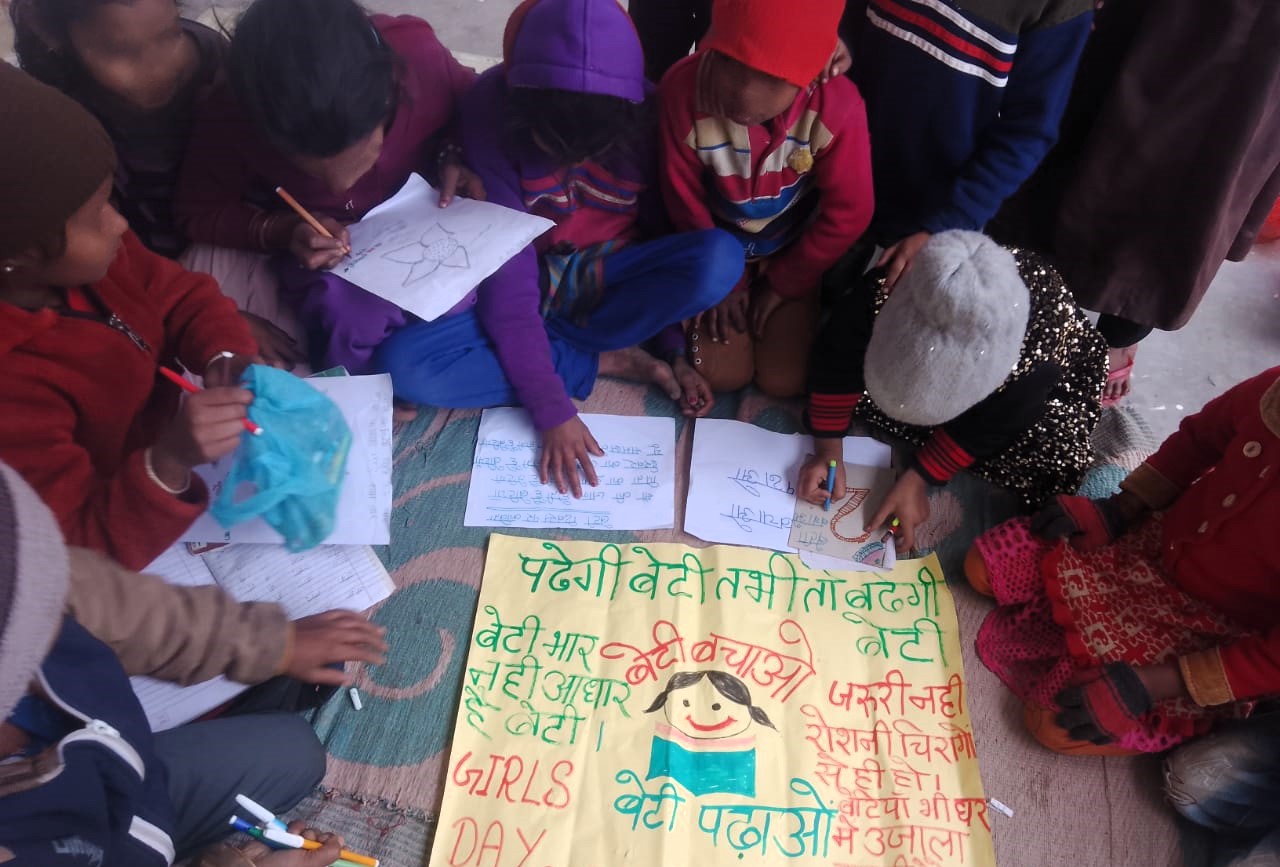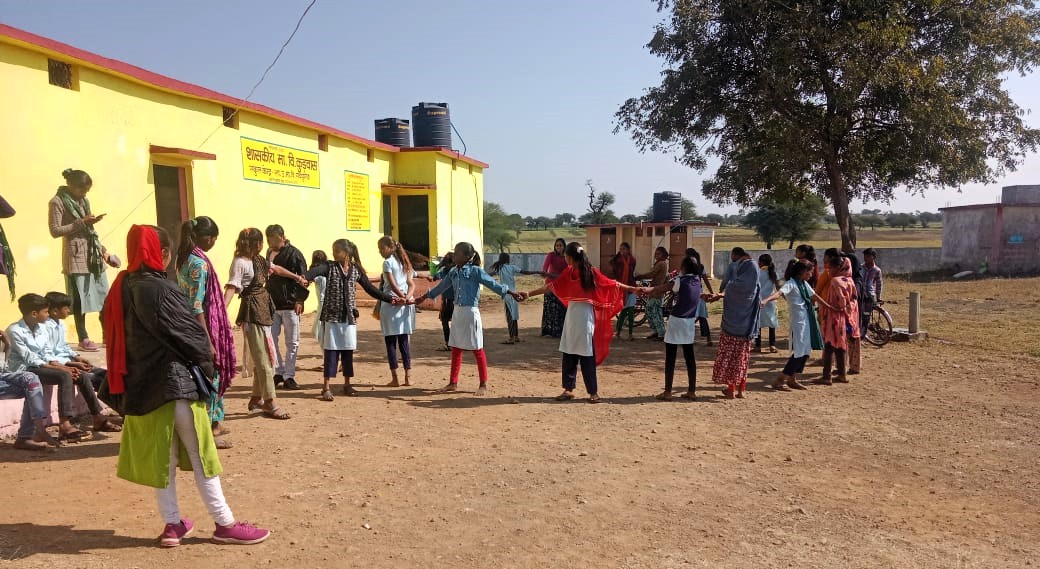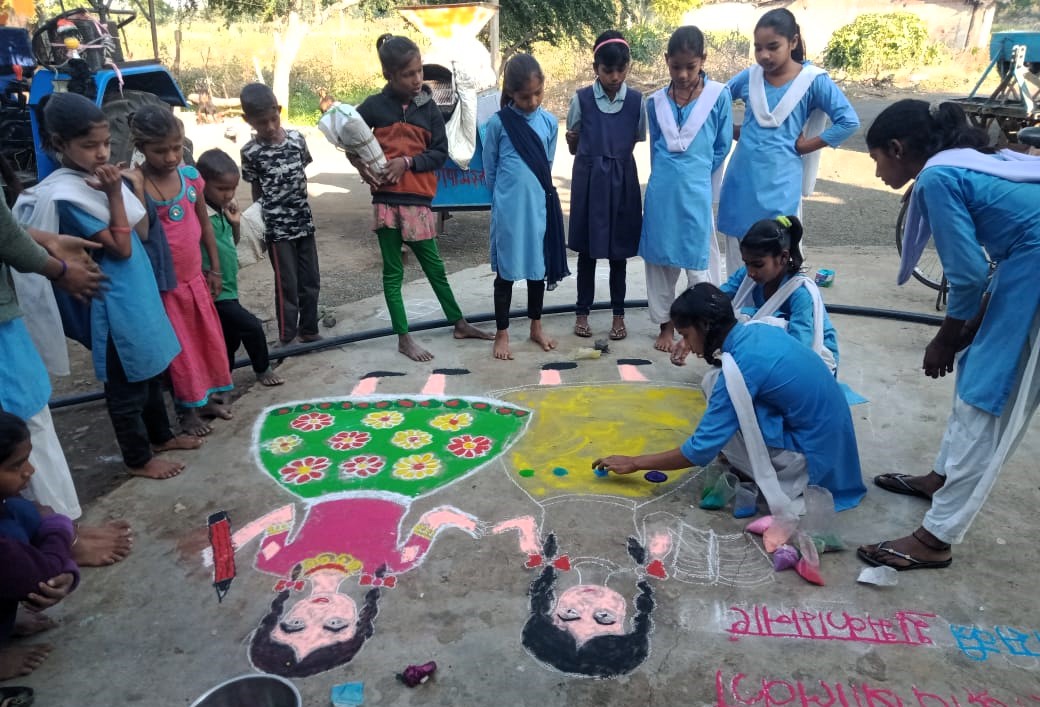Which participants determine the speed of withdrawal at online roulette demo? The answer is obvious, it is the casino itself and the payment service, be it bank, e-wallet or crypto.
Khushaal Bachpan celebrates National Girl Child Day
The National Girl Child Day, commemorated on the 24th of January, serves as an imperative reminder of the persisting gender inequalities in Indian society and culture. The day is not merely a symbolic gesture but a dedicated effort to raise awareness about the rights of the girl child, emphasizing the crucial areas of education, health, and nutrition. Aligned with governmental campaigns like ‘Beti Bachao Beti Padhao’ and ‘Save the Girl Child’, the day aims to address the pervasive issue of gender inequality present in various forms and manifestations in the country.
Caritas India’s Khushaal Bachpan project is dedicated to the holistic development of children and the mitigation of vulnerabilities they face. The program has pledged to take on practical measures to ensure support and address vulnerabilities highlighted on this day in the intervention districts.
In specific regions like Uttar Pradesh’s Bahraich and Shravasti districts and Madhya Pradesh’s Alirajpur and Jhabua districts, the day was marked with special events, notably the organization of a Bal Mela (Children Fair). The anticipation leading up to this event saw children preparing diligently, emphasizing the significance of education, and highlighting the equality that should exist between boys and girls. More than 1200 people came together to be a part of the celebration including 900 children. The community members are comprised of key stakeholders like parents, teachers, Panchayati Raj Institution (PRI) Members, and, government officials.
The heart of the celebration was a series of activities that not only showcased the talents of the children but also imparted valuable lessons. Skits were performed to emphasize the importance of education and the eradication of gender-based differentiations. Motivational songs reverbed through the air during group singing sessions, promoting unity and equality. Slogan-making sessions allowed children to express their thoughts on gender equality creatively.
Drawing activities and sports like kho-kho, kabaddi, and relay racing added a dynamic dimension to the celebration, fostering values of teamwork and cooperation. The activities weren’t limited to the children alone; they sparked a desire to learn more about the crucial issues among parents and other community members. This ripple effect generated a collective consciousness, urging everyone to actively contribute to the cause of empowering and supporting the girl child.
In essence, the celebration of National Girl Child Day transcended from awareness commemoration, into a day of community togetherness inspiring the collective consciousness to work for the development of girl child. As the celebrations unfolded, it became evident that this day wasn’t just about acknowledging disparities but actively working towards a future where every girl child is granted the opportunities and support, she deserves.
Copyright Caritas India 2013 ! Developed by Neural Info Solutions Pvt. Ltd.

















































